Cavities or holes in trees are required nesting sites for 25 bird species in Florida. Some cavity-nesters have very specific preferences for their homes. For example, the red-cockaded woodpecker excavates its nesting cavity only in older living pine trees that are infected with red heart rot, and in areas with little or no hardwood understory. On the other hand, Carolina wrens are quite adaptable and even have been known to set up house-keeping in pockets of accessible clothing articles, mailboxes, and old hornet nests.
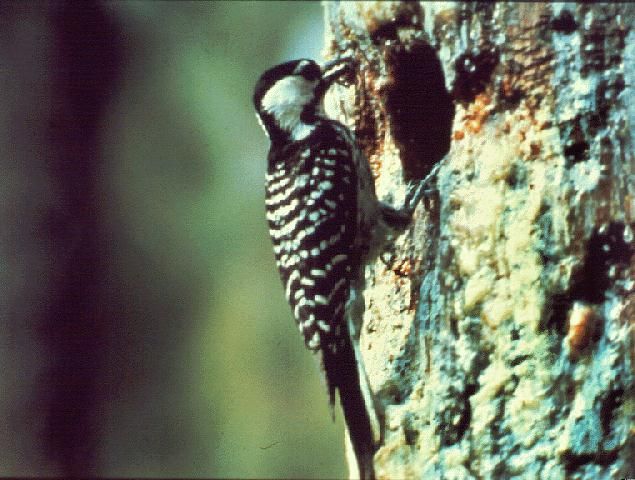
Some cavity-nesters such as woodpeckers, Carolina chickadees, and brown-headed nuthatches prefer to excavate their own nest cavities in dead or decaying wood. Others select old woodpecker holes or cavities formed by lightning, disease, decay, or insects.
Turkey vultures are the largest cavity-nesters with wing-spans of about 6 feet (2 meters). Their nest site often is at or near ground level in hollow trees or logs. When these structures are not available, they will nest in caves or in dense shrubbery.
The smallest hole-nester in Florida is the brown-headed nuthatch which is only 3 1/2 inches (9 centimeters) long. These birds often nest in small cracks and crevices that do not have noticeable rounded openings like woodpecker holes.
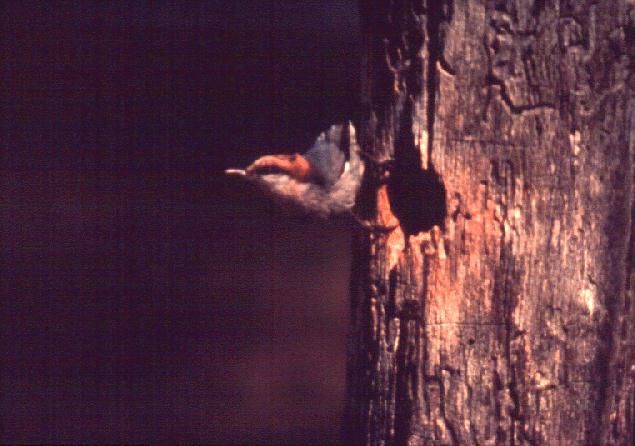
Of the 25 species of cavity-nesters in Florida, two are legally classified as species in jeopardy of extinction. The southeastern American kestrel is a state-listed threatened species and the red-cockaded woodpecker is a federally-listed endangered species. The ivory-billed woodpecker also is doubly listed as endangered but probably is already extirpated from the state. The Florida Committee on Rare and Endangered Plants and Animals has recommended listing the hairy woodpecker and the white-breasted nuthatch.
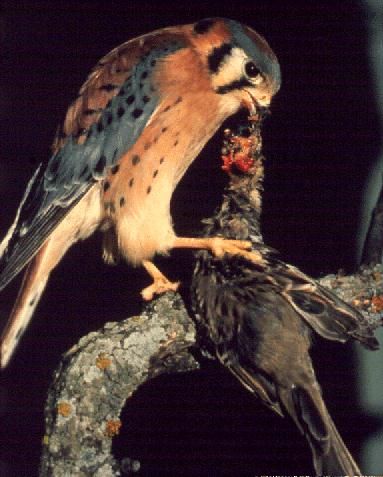
Nest Sites
Nest sites for cavity-nesters usually are in shorter supply than food and water. Dead trees (snags) often are removed from forests, parks, and yards. Whenever possible, snags should be left for birds; however, if you are concerned that a dead tree may fall, it can be shortened and supported with cables.
Properly built bird houses or nest boxes can mimic natural cavities and help to increase the availability of this limiting habitat component. Some cavity-nesters in Florida, such as black and turkey vultures, chimney swifts, and pileated and red-cockaded woodpeckers will not readily use bird houses. However, there can be exceptions to this general rule. Preferred habitats, house dimensions, entrance specifications, and other special requirements are fairly specific for each species. Refer to Table 1: Bird House Specifications.
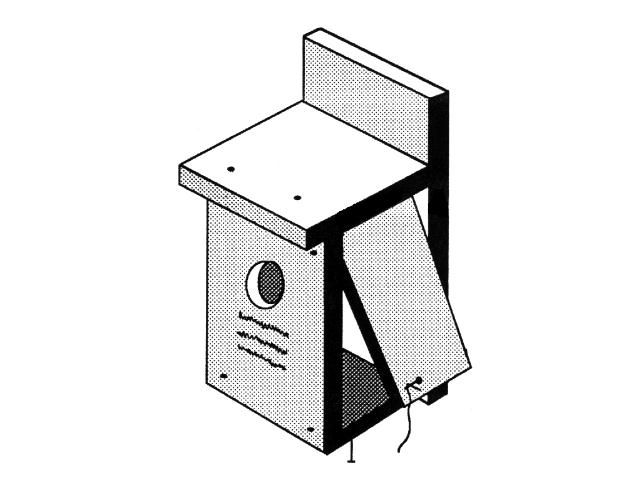
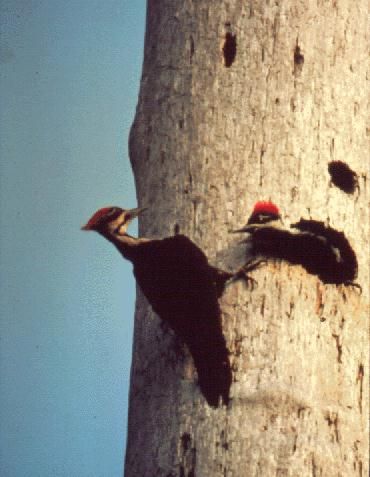
Bird houses can be set out at any time of the year. However, making them available just before the major nesting season (March–June) will enhance their use.
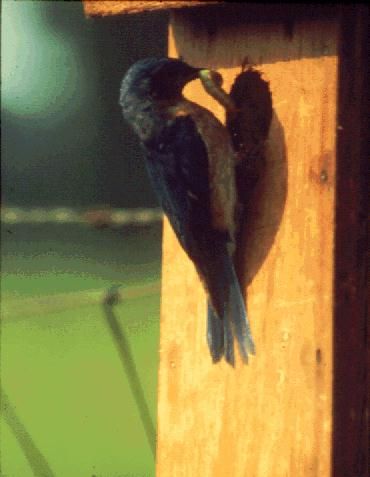
The following general considerations apply to all bird houses.
Cleaning—Include a hinged door or other means for easily checking and cleaning out the house. Birds will do their own cleaning as they do in natural cavities, but your help will increase use.
Drainage—The bottom should contain 3 or 4 1/4-inch holes to allow drainage of rain water that may enter.
Attachment—Houses built for wrens can be suspended under an eave or a tree limb. All other houses should be firmly attached to a post, tree, or building.
Perches—Natural cavities do not have perches, so do not attach perches on any built houses. Perches will only encourage use by exotic English sparrows and European starlings. A nail or knife can be used to scratch the outside surface below the entrance if smooth boards are used. Cavity-nesters perch on vertical roughened surfaces such as bark.
Roof—The front edge of the roof should overhang about 1–2 inches (2.5–5 centimeters) to help protect the entrance from wind-driven rain.
Ventilation—Ventilation holes or slits should be located at the top of both sides just beneath the roof.
Nails—Use galvanized nails.
Floor—The floor should be situated between and about 1/4 inch above the bottom edges of the front, back, and sides. This will help prevent the rain from seeping into the bottom of the nest.
Wood—1" x 4", 1" x 6", or 1" x 12", untreated boards are the best materials to use.
Paint—Newly painted or oiled houses are less attractive to birds until they have weathered. However, it is desirable to paint the top surfaces of purple martin houses white to reflect the sun's heat.
Style—The shape and style of the house are not as important as the dimensions.
Size—House dimensions should be close to those given in this pamphlet, but they do not have to be exact.
- Providing houses for cavity nesting birds is not only recommended to help reverse declining trends for some populations, but it is also a rewarding activity for many Floridians. What have you done for wildlife lately?